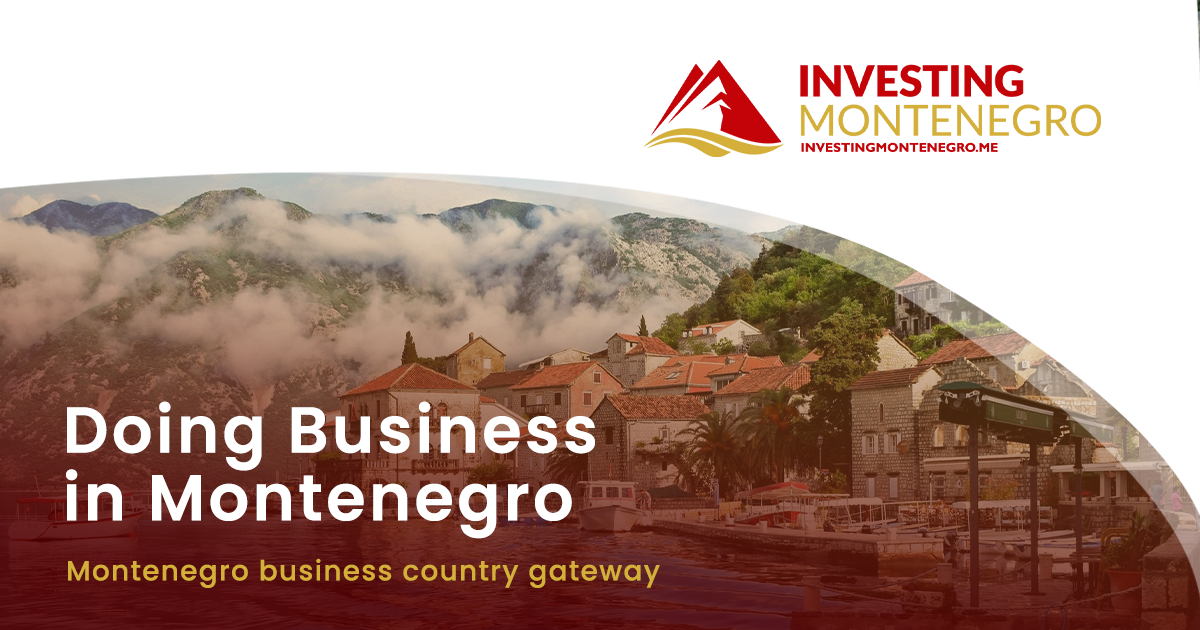This week on the Montenegro Stock Exchange was marked by a slight increase in indices alongside a significant drop in trading volume, occurring concurrently with the International Monetary Fund’s (IMF) forecast of a 3.7% economic growth for Montenegro in 2023.
The MNSE10 index, which tracks the performance of the ten largest companies, rose by 0.2% to reach 1,083.08 points, while the MONEX index also increased by 0.2%, closing at 16,330.96 points.
Trading volume amounted to €13,470, which is 2.4 times lower than the previous week.
The shares of the Montenegrin Electricity Transmission System gained 4.3%, reaching €1.47, whereas Crnogorski Telekom’s shares declined by 2.3% to €2.10.
Additional trading involved shares from IGM Račice, TPC Ražnatović, and PLC Morača, which closed the week at €2.50, €12.78, and €4.40, respectively. Shares of Nikšić’s Veleprodaja ended at €25, Ulcinj’s Solana at €0.90, and Željeznička infrastruktura at €2.14.
Midweek, the IMF released its October forecasts, projecting a 3.7% growth for Montenegro’s economy next year, an increase of 0.7 percentage points from its earlier predictions.
The IMF estimates that inflation in Montenegro will be 4.2% for this year and 3.7% for the next.
In its latest global economic outlook report, the IMF maintained its forecast for global GDP growth at 3.2% for both this year and the next. However, it also warned of rising threats and risks to the global economy alongside the positive trend of declining inflation.
Sava Laketić, acting director of the Tax Administration, reported midweek that the estimated total tax debt at the beginning of last month was €637 million.
“Of this total, €391 million pertains to the principal, while €246 million relates to interest. The principal debt decreased by €250,000 since August, whereas interest rose by about €1.5 million,” Laketić stated.
He noted that this trend is likely to persist until the new law on interest waivers is implemented, with expectations of increased collection in the first quarter of the following year.
Laketić mentioned that the situation regarding tax debtors remains largely unchanged, particularly concerning state-owned enterprises such as Plantaže, three railway companies, and the Institute Igalo.
He added that tax revenues from January to September totaled €1.2 billion, reflecting growth in all tax categories. “Revenue increased by approximately €130 million, or 20%, compared to the previous year, and by €208 million, or 12%, against the planned figures,” Laketić reported.
The week also featured an International Conference on Economics organized by the Chamber of Commerce in Bečići. The conference underscored the importance of improving the legal framework for business and aligning regulations with EU legislation as crucial for the economic prosperity of the Western Balkans.
“Over the past decade, the Berlin Process has proven its political ambitions, even if it hasn’t led to a high degree of regional economic integration. The Western Balkans aims to see this process as a means of internal integration and building a partnership with the EU toward full integration,” was one of the key conclusions.
Moreover, the need for enhanced dialogue on regional cooperation was emphasized as a prerequisite for other initiatives, alongside significantly increased implementation of adopted solutions to establish a unified market in the region.
The WB6 economies have averaged 3.1% annual growth over the past decade, which helped the region resist emigration, the effects of the COVID crisis, and high inflation, while the EU’s average during this period was only 2%. “Faster growth, but not faster progress,” was another takeaway from the conference.
The conference also highlighted that the carbon intensity of the WB6 region is four times higher than that of the EU and is declining more slowly than the EU average. If significant changes are not made in the region over the next decade, carbon intensity could increasingly distance the WB6 from the EU.
Preliminary data on Plantaže’s performance for the first nine months of the year indicated the best results in the last six years, along with the highest revenue in the past decade.
Igor Čađenović, executive director of Plantaže, expressed optimism about ending the business year on a positive note after facing numerous challenges.
He emphasized that Plantaže has a long-term perspective and remains one of Montenegro’s most recognizable brands. “The results show that Plantaže is achieving continuous growth despite challenges, reinforcing our belief that our focus on cost rationalization and business improvement across all segments is the right path toward stable and profitable operations in the future,” Čađenović concluded.













